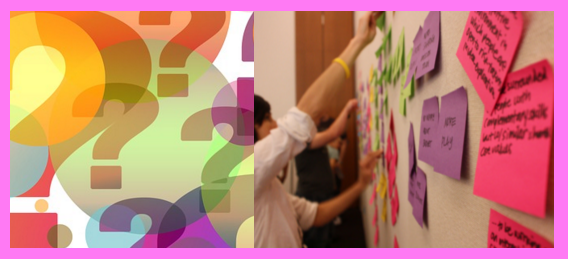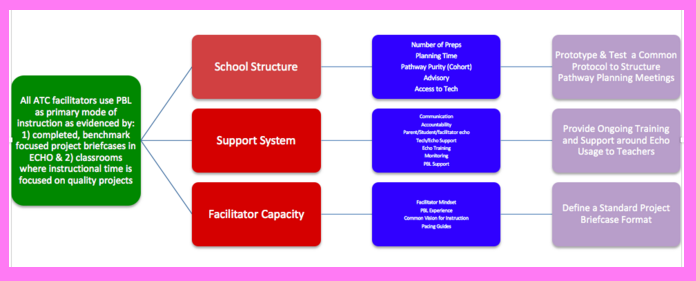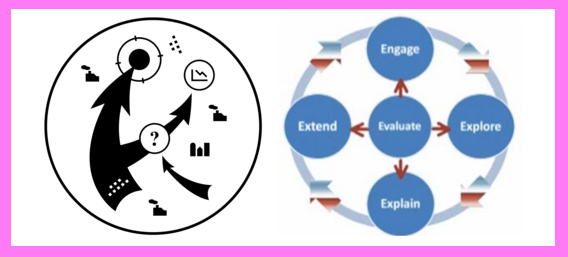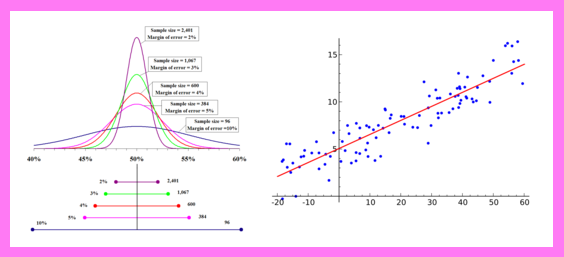
Class 4 Readings in “Design Kit_The Course for Human-Centered Design.” Dropbox. Web. 14 Mar. 2016.


- Ideas:
- answers to the How Might We … ? questions
- have potential for success, innovative
- Concepts:
- polished, concrete ideas
- Prototypes:
- tangible ideas
- rough, just accurate enough to get useful feedback
- Experience Maps:
- Visual storyboard that describes beginning, middle and end of user experience of prototype
- Generate Ideas:
- Choose appropriate space – large enough to move in & post many ideas
- Gather tools for displaying ideas
- Recruit large diverse team
- Keep pacing high energy – no more than 1 hr total, 15-20 min per question
- Select facilitator
- Introduce RULES:
- Defer judgement
- Encourage wild ideas
- Build on other ideas
- Stay on topic
- One conversation at a time
- Be visual. Sketch ideas.
- Go for quantity
- Equip everyone to participate
- Attend to each question, one at a time
- Select Promising Ideas:
- Cluster similar ideas
- Everyone votes for Top 2. Vote directly on top of ideas
- Tally and discuss results.
- Decide which ideas to develop.
- Determine what to Prototype:
- Break down beginning, middle and end of user experience
- Create Experience Maps
- Identify key questions
- Create order of operations
- Prioritize questions and prototypes used to investigate these
- Make Prototypes:
- Create rough 3D models of concepts
- Use digital tools to build a mock-up
- Role play user experience
- Create diagram that maps out key processes and services
- Create stories – newspaper articles, job descriptions that relate key features of concepts
- Create fake advertisements that highlight key features, tweak to different audiences
- Test & Get Feedback:
- Consider setting – informal or close to actual setting?
- Define what to test
- Define feedback activities – ensure that these are best suited to things being tested
- Invite honesty & openness – communicate that idea is rough and can change in response to feedback
- Stay neutral – do not be defensive
- Adapt on the fly – change as you go if possible
- Provide multiple prototypes if possible
- Find space and time to discuss initial impressions of feedback
- Captures ideas & iterations – photo-journal key processes & prototypes
- Share impressions – compare notes with team and document findings
- Integrate feedback & Iterate:
- Share findings on Post-Its
- Cluster similar findings
- Categorize findings by: concerns? pros? suggestions?
- Evaluation relationship of findings to original intent of product
- Prioritize feedback – which is most important? what to respond to?
- Evolve prototypes – makes changes that eliminate barriers and respond to key suggestions
- Repeat Steps above Iteratively


- HCD Ideation: Prototyping Steps applied to Solving Student Learning Design Challenge
- Recruit a design team and select a problem that relates to student learning and complete the Inspiration phase
- Recruit a design team that will help you identify document key insights that you gathered during the Ideation: Synthesis phase
- Recruit a diverse larger brainstorming team.
- Scaffolding HCD Ideation: Prototyping Steps for Students
- Experience HCD process prior to facilitating it to learn how to better scaffold it
- Let students in design teams select a worthy design challenge (or assign one)
- Guide them through a student friendly, time affective version of the Inspiration phase
- Guide them through a student friendly, time affective version of the Ideation: synthesis phase
- Develop visuals and assign readings that teach students how to go through key steps in a student friendly, time effective version of the Ideation: Prototyping phase.
- Secure A LOT of Post-Its, secure materials for making 3D prototypes, or teach them how to use Post-It and CAD software.
- HCD Ideation: Prototyping Steps applied to solve student learning design challenge
- Meet with brainstorming team in a space with lots of Post Its and wall space.
- Generate ideas while following the brainstorming rules. See above.
- Select the most promising ideas. See above.
- Investigate the user experience and decide what to prototype. See above.
- Create prototypes of various forms. See above.
- Test prototypes and get feedback. See above.
- Integrate feedback into revised prototypes and iterate See above.
- Develop, test, and refine prototypes several times. See above.
- Scaffolding HCD Ideation: Prototyping Steps for Students
- Facilitate student design teams through a student friendly, time-effective version of the steps listed above
- HCD Ideation: Prototyping Steps applied to solving a student learning design challenge
- After enough has been learned from prototyping, move on the Implementation phase.
- Scaffolding HCD Ideation: Prototypin Steps for Students
- Let students reflect on how Inspiration: Prototyping Steps can be used to develop better insights to problems in other courses and in their own lives
- Facilitate students through the Implementation phase



















